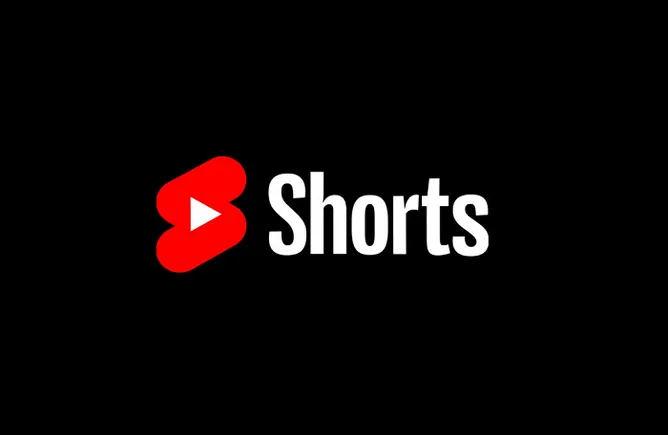The Ledger is a weekly newsletter about the economics of the music business sent to Billboard Pro subscribers. An abbreviated version of the newsletter is published online.
Time spent listening to music increased an incredible 28%, to about 19 hours per week, in the first half of 2022, according to a new MusicWatch survey. And you can thank TikTok for that.
Social media apps such as TikTok, Instagram Reels and YouTube Shorts are “absolutely” responsible for part of the gain in listening time, says MusicWatch principal Russ Crupnick. “If you go back five years about, on a per capita basis, across the whole population, there was about one hour weekly on social media.” Now, “it’s a little like four and change.”
In the first part of the year, the U.S. had 10 million more music streamers than a year ago — and 20 million more than two years ago. (Crupnick points out that that figure covers users of traditional music streaming platforms, not TikTok users.) From April to June, 73% of U.S. internet users 13 and older streamed music.
But can TikTok co-exist with traditional music streaming platforms? Crupnick believes it can. He hasn’t seen signs that TikTok listening is cannibalizing time spent on other music streaming platforms. “We’re seeing them as being somewhat harmonious,” he says.
That’s good news for labels and artists who have come to rely heavily on streaming royalties. In the first half of 2022, streaming accounted for 84% of U.S. recorded music revenues, according to the RIAA. A decade ago, streaming services adamantly denied they cannibalized the download sales that had come to dominate labels’ revenue as consumers moved away from CD sales. Today, it’s clear that consumers prefer streaming to downloads. In fact, downloads accounted for just 3% of U.S. recorded music revenues, down from 6% two years earlier and 19% five years ago.
How TikTok interacts with music streaming platforms like Spotify, Apple Music and YouTube carries large financial implications. That’s because not much money is made directly from TikTok — yet. If TikTok crowds out time on subscription services, fewer people might choose to pay for subscriptions. Even if TikTok replaces time spent using ad-supported streaming services such as Spotify and YouTube, the record industry would get less value in return.
Neither record labels nor the RIAA break out TikTok revenues, which are categorized as ad-supported streaming revenues, according to a source familiar with revenue accounting. But considering ad-supported streaming, including the likes of Spotify and YouTube, generated $872 million in the first half of 2022, up 16.4% year over year, it’s safe to assume TikTok and other social media apps didn’t amount to much — despite the fact that they account for more than four hours of the 19 hours of weekly time spent listening to music, according to MusicWatch.
Replacing mature, well-monetized subscription listening with younger, poorly monetized social media viewing would be a net loss for labels and artists. Subscription services are record labels’ largest breadwinner, accounting for $4.5 billion of the record industry’s $7.7 billion of total revenue in the first half of 2022, according to the RIAA. Streaming in its various forms — subscription, ad-supported, limited tier and more — represented $6.5 billion.
So far, however, it appears TikTok can co-exist with subscription services. MusicWatch found that paid subscribers increased “nearly” 20 million from pre-pandemic levels to 86 million. Growth is coming from 18-to-24-year-olds “who have returned after cutting back on paid subs during COVID, and 35-44-year-olds,” according to MusicWatch’s blog post. Social media apps appear to be a precursor to streaming elsewhere. Once a video goes viral on TikTok, people jump to platforms like Spotify to stream the entire song.
Time spent streaming music increased 7%. SiriusXM satellite radio, and other formats, accounted for some of the gains, too, while AM/FM radio listening declined. “Those 19 hours count everything from CDs, streaming, social media — even music podcasts,” says Crupnick. “Pretty much everything across the music spectrum.”
























































![Social Media Spring Cleaning [Infographic] Social Media Spring Cleaning [Infographic]](https://imgproxy.divecdn.com/9e7sW3TubFHM00yvXe5zvvbhAVriJiGqS8xmVFLPC6s/g:ce/rs:fit:770:435/Z3M6Ly9kaXZlc2l0ZS1zdG9yYWdlL2RpdmVpbWFnZS9zb2NpYWxfc3ByaW5nX2NsZWFuaW5nMi5wbmc=.webp)
![5 Ways to Improve Your LinkedIn Marketing Efforts in 2025 [Infographic] 5 Ways to Improve Your LinkedIn Marketing Efforts in 2025 [Infographic]](https://imgproxy.divecdn.com/Hv-m77iIkXSAtB3IEwA3XAuouMwkZApIeDGDnLy5Yhs/g:ce/rs:fit:770:435/Z3M6Ly9kaXZlc2l0ZS1zdG9yYWdlL2RpdmVpbWFnZS9saW5rZWRpbl9zdHJhdGVneV9pbmZvMi5wbmc=.webp)













